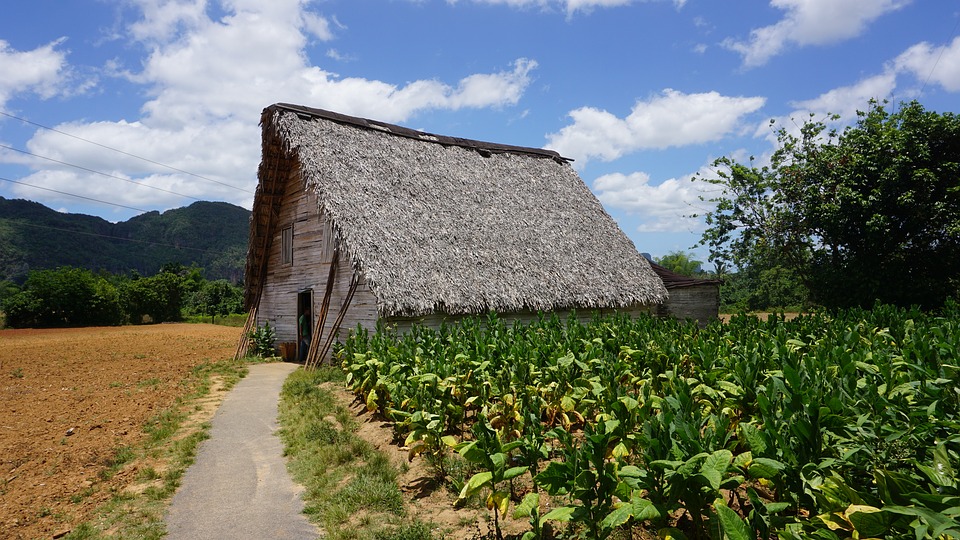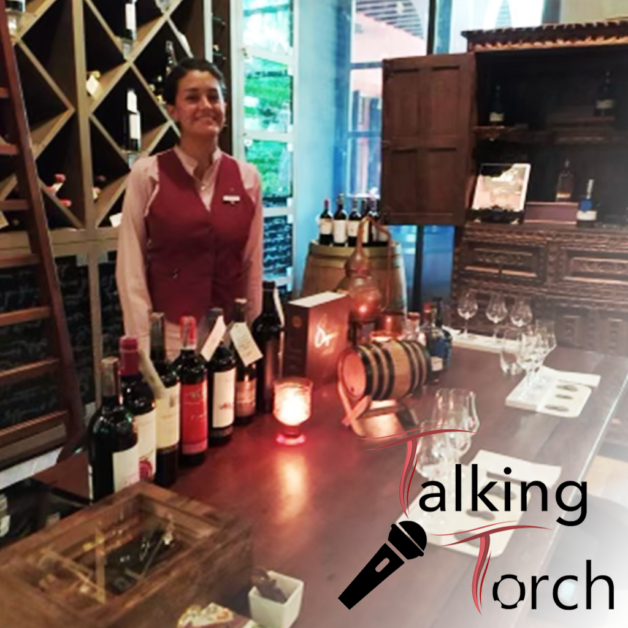Many of the finer things in life take a long time to make. Cigars, which have been considered a luxury item for many years, are no exception. Each time you smoke a cigar, you are partaking of the result of years of labor.

(Pixabay / maxos_dim)
Cigar tobacco begins its journey as a seed that is so tiny, it needs to be coated in clay to be handled with ease. The seeds are harvested from the flower of plants that are already mature. Many tobacco growers have taken to locking up the plants they harvest seeds from, as they are easy to steal and smuggle.
Once the seeds are planted, it takes nearly two months for the seeds to become seedlings. The plants are then planted in the field. Some planters will plant their seedlings by hand, a practice which is common in countries like Ecuador and the Dominican Republic. Other farms use farming machinery to plant them. Many seedlings die during this stage, but the ones that survive grow rapidly, maturing in two months.
After transplanting, the tobacco plants are given fertilizer once a week, to help them grow. After the plants reach a certain height, workers will tie the plants to string to help them grow straight. An important part of growing tobacco is making sure the root system for the plants are strong. IN order to do that, workers will remove the leaves on the bottom of the plant, along with any excess vegetation growing on top. Workers will then cover the bottom where the leaves were removed with soil. Soon, roots will grow from those areas, giving the plant a strong foundation.
The plant is ready to harvest around four months after the seed was initially planted. Some plants are harvested by priming, meaning three leaves are removed at a time from each plant, working from the bottom of the plant to the top. This process ensures that the leaves are taken at peak ripeness. Priming takes several days to complete.
Primed leaves are hung in barns on lathes as part of the curing process. Curing can take up to two months to complete. During curing, the leaves turn from green to brown. Following curing, the tobacco then goes through a fermenting process and is then aged. The length of this process depends on the cigar company and the type of cigar they are making. Depending on the type of cigar, this could take several months or several years.
Eventually, the tobacco is made into a blend and then rolled into the final product that eventually makes it to consumers. While cigar making takes a long time, there is a certain artistry in the process that aficionados appreciate every time they enjoy a cigar.




